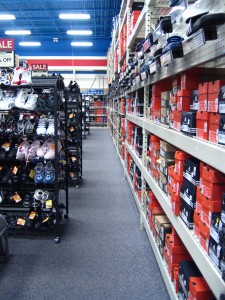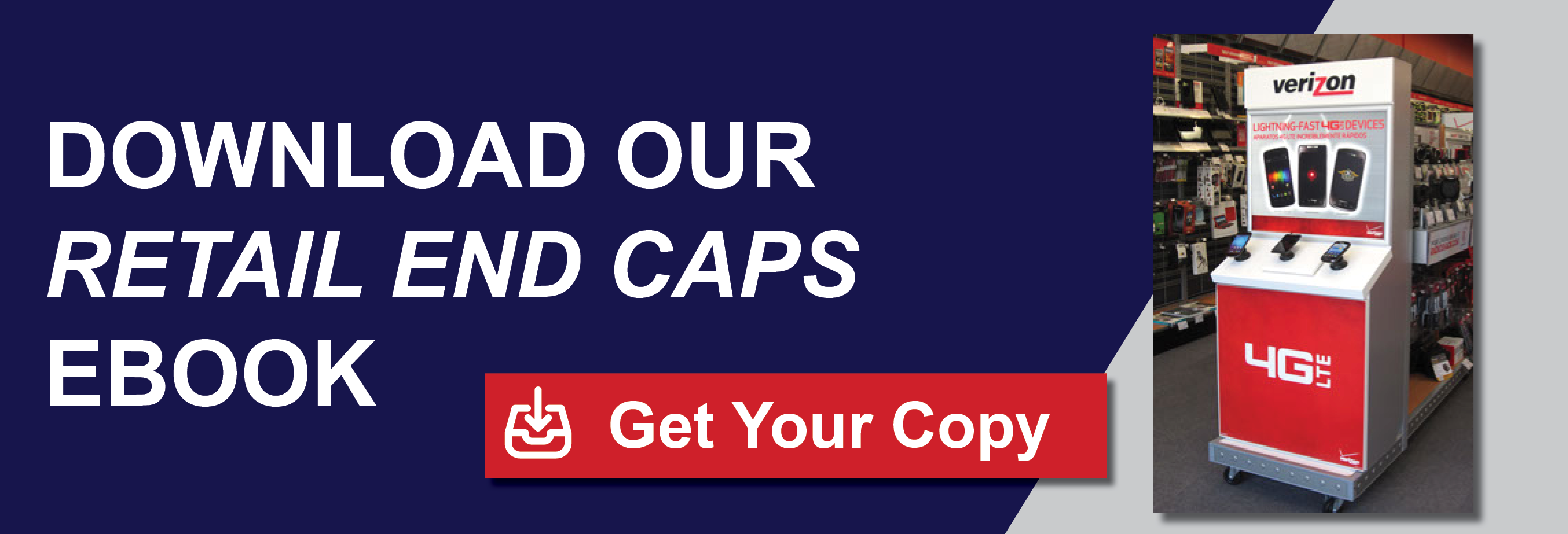Store Layout Tips to Attract All Customers
Shoppers don’t have to be “handicapped” to have trouble navigating many retail stores. When you think “accessible,” you might  picture someone in a wheelchair. But your customers could also be using a walker, a cane or crutches. They may be blind or vision-impaired. They could be pushing a baby stroller. Or, if they’re like most Americans, they may simply be fearful of the “butt-brush effect.” Welcome to our new blog series on store layouts. In this first article, we’ll give you some guidelines for store accessibility that should make your store more welcoming to all customers, and more profitable, as well.
picture someone in a wheelchair. But your customers could also be using a walker, a cane or crutches. They may be blind or vision-impaired. They could be pushing a baby stroller. Or, if they’re like most Americans, they may simply be fearful of the “butt-brush effect.” Welcome to our new blog series on store layouts. In this first article, we’ll give you some guidelines for store accessibility that should make your store more welcoming to all customers, and more profitable, as well.
Guidelines for store accessibility can help you provide a friendlier shopping experience for all kinds of shoppers. Think of it as “universal design” – creating an environment that works for all of your customers, regardless of their limitations. But it’s not just good merchandising or customer service. Store accessibility is the law.
ADA Requirements
The Americans with Disabilities Act (ADA) requires all stores built after 1993 to be fully accessible. If your store was built before that, you have to provide “reasonable access” to retail merchandise and services, but you don’t have to create “undue burdens” for yourself. The more limited your space, the harder it may be to comply with every possible opportunity, but at the very least you should:
- Make sure your entrance is accessible.
- Create pathways at least 32” wide around fixtures.
- Lower most fixtures and your cash wrap so customers in a wheelchair can reach them.
- Ensure dressing rooms and bathrooms are entirely accessible.
Roomier aisles are more inviting for everyone.
Aisles and merchandise displays crammed full went out of style years ago. They look messy and overwhelm shoppers. Wider aisles encourage shoppers to linger and browse.
Easy-to-reach merchandise invites interaction.
You want shoppers to touch and feel your merchandise, whether they’re picking groceries off the shelves or camping gear or sweaters. All customers are put off when they can’t conveniently reach items that are too high or too far back in a display. For customers in wheelchairs, this issue is exacerbated.
Put lighter items on higher shelves and don’t stack merchandise or boxes in the aisles.
Overreaching and tripping are potentially costly accidents you can easily avoid when you make your store layout more accessible. Train sales staff to be alert and offer assistance.
Check out this Good Practice Guide with five tips for becoming an outstanding retailer for vision-impaired shoppers, as well as a lengthy list of good practices for everything from creating an accessible entrance to displaying clothing and food to paying and departure.
You have a finite amount of space to work with. But the more effort you make to create an accessible store layout, the more all customers will appreciate your efforts. That’s good for business. In our next article, we’ll explore ways you can arrange your store layout to showcase seasonal merchandise.

Palmer Retail Solutions strives to offer our clients the absolute best combination of innovation, quality, service, and value for our diversified custom store fixtures and merchandising displays. For more information about our designs, retail fixtures, cash wraps, kiosks, or point of purchase displays, visit our website at: http://www.palmerretailsolutions.com.